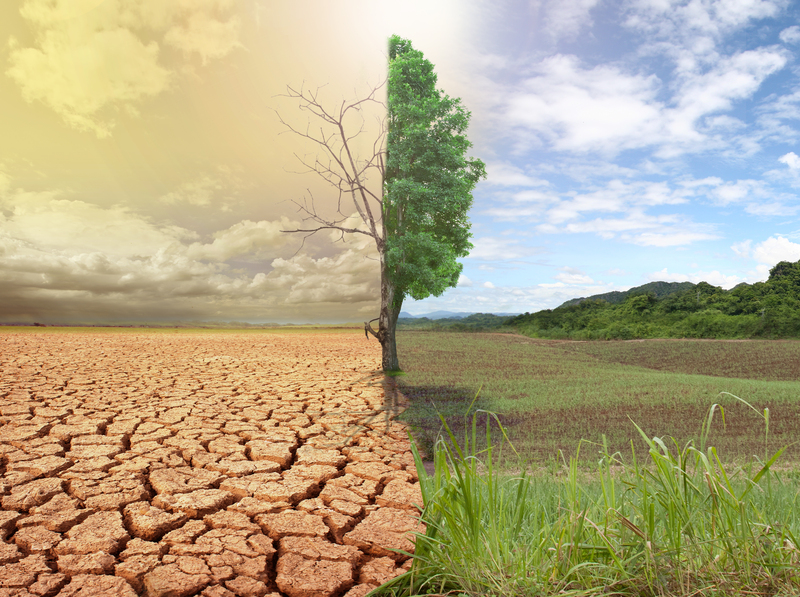Microplastic Pollution: Finding Effective Remedies
Microplastic pollution is emerging as a significant environmental issue, impacting ecosystems and human health. Understanding and combating this issue requires a detailed examination of its sources, effects, and potential solutions. In this article, we will explore the causes of microplastic contamination, its impact on the environment and living organisms, and discuss effective strategies and remedies to mitigate this problem.
Understanding Microplastic Pollution
What Are Microplastics?
Microplastics are tiny plastic particles, generally less than 5 millimeters in diameter, that originate from various plastic products. They are categorized into two types: primary and secondary microplastics. Primary microplastics are manufactured to be small, such as microbeads found in personal care products, while secondary microplastics result from the breakdown of larger plastic items like bottles and bags due to physical, chemical, or biological processes.
Sources of Microplastic Pollution
The proliferation of microplastics in the environment is primarily due to:
- Personal care products containing microbeads, such as exfoliants and toothpaste.
- Textile fibers shedding from synthetic clothing during washing.
- Fragmentation of plastic waste, including plastic bags, bottles, and packaging materials.
- Industrial processes, which may release microplastics as byproducts.

Impact of Microplastic Pollution
Environmental Impact
Microplastics have been found in virtually all ecosystems--oceans, rivers, soil, and even the air we breathe. These particles are ingested by a wide range of organisms, from plankton to larger marine animals. This ingestion can lead to physical harm, nutritional deficiency, and even death for these creatures. Notably, microplastics can absorb and transfer toxic pollutants through the food chain, posing a significant threat to biodiversity.
Human Health Concerns
The implications for human health are profound, as microplastics have been detected in drinking water, seafood, and even in the air. Potential health risks include inflammatory responses, hormonal disruptions, and toxicity due to the chemicals leached from the plastics. While more research is needed to fully understand the health implications, the presence of microplastics in our food and water supply is concerning.

Remedies and Strategies to Combat Microplastic Pollution
Policy and Legislation
Effective policy measures are crucial in mitigating microplastic pollution. Some effective legislative approaches include:
- Banning microbeads in cosmetic and personal care products, as seen in countries like the United States and the United Kingdom.
- Implementing plastic waste management systems that emphasize recycling and reducing plastic use.
- Enforcing strict regulations on industrial emissions and waste disposal practices.
Technological Innovations
Innovative technologies offer promising solutions to address microplastic pollution:
- Advanced filtration systems can be installed in wastewater treatment plants to capture microplastics before they reach natural water bodies.
- Biodegradable materials can be developed as alternatives to conventional plastics, reducing the overall plastic burden.
- Nanotechnology is being explored to break down microplastics in situ, effectively reducing their environmental presence.
Community Engagement and Education
Community involvement plays a significant role in addressing microplastic pollution. Educating the public about the sources and effects of microplastics can drive behavior changes, leading to reduced plastic consumption. Initiatives might include:
- Encouraging sustainable consumer choices, such as choosing products with minimal packaging or made from biodegradable materials.
- Organizing cleanup campaigns in local communities to remove plastic waste from natural environments.
- Creating educational programs in schools and universities to raise awareness about plastic pollution and its impacts.
Corporate Responsibility and Innovation
Corporations must also take responsibility for their environmental impact. This can be achieved through:
- Adopting eco-friendly practices in manufacturing and product development.
- Investing in research and development to find sustainable alternatives to plastic products.
- Supporting initiatives that aim to reduce plastic footprint, such as take-back schemes or partnerships with recycling companies.
Conclusion
Addressing microplastic pollution requires a comprehensive approach involving policy makers, industries, scientists, and the general public. By implementing effective remedies and strategies, we can mitigate the pervasive issue of microplastic contamination and protect both the environment and human health. The journey to resolving this global challenge is ongoing, but with concerted efforts, progress is inevitable.
Ultimately, the fight against microplastic pollution is representative of broader environmental stewardship imperatives. As we advance solutions and conquer pollution challenges, we pave the way toward a healthier, more sustainable planet for future generations.